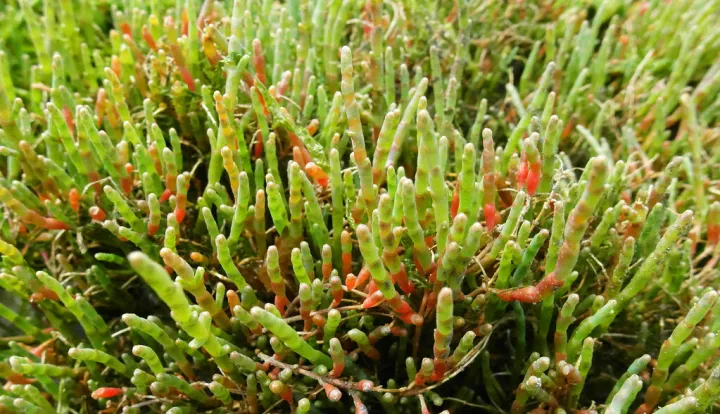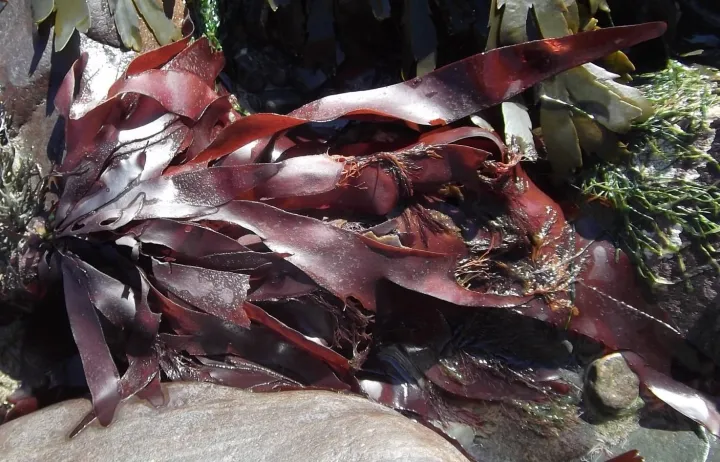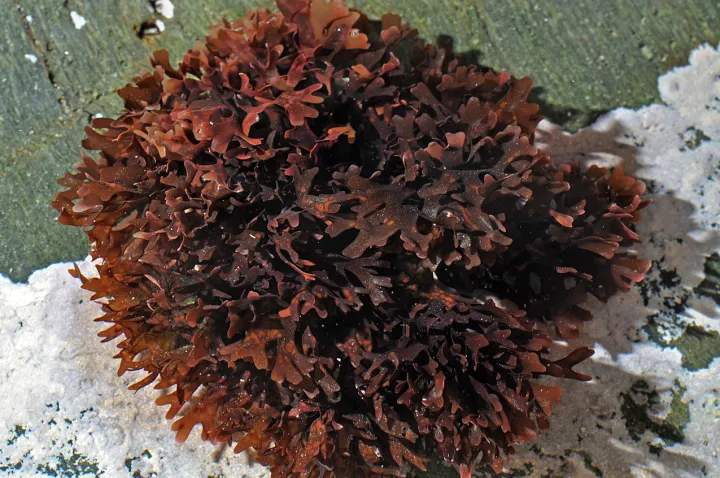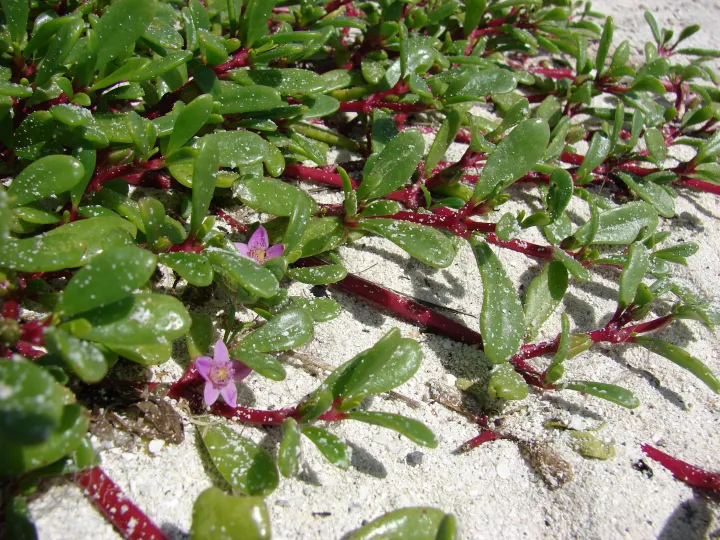What is a Sea Vegetable?
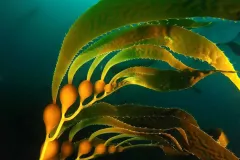
Take a trip to the produce aisle in any Western country’s grocery store and you will find vegetables of all colors that were harvested from the earth. Tomatoes, carrots, lettuce, and beets are just a few that come to mind. It would be easy to assume that land-based plants are the only source of delicious and nutritious produce. But, that assumption leaves out one very important type of food—the sea vegetable.
A sea vegetable is the name given to plant and algae foods that grow in or near the ocean. For thousands of years cuisine from coastal nations around the world have featured and celebrated the salty flavors of seaweeds. Asian nations like Japan and China are famous for their algae-based broths and seaweed wrapped fish, but Nordic cultures, Polynesians, and people from the Caribbean have also included sea vegetables in their diets. Low in fat and rich in fiber, minerals, and vitamins, seaweed is considered a healthy option when consumed in moderation.
Here we present a list of some of the tastiest and most common sea vegetables.
Kelp
Kelps are a type of large and leafy brown algae that form dense forests close to shore. There are many species of kelp used in cooking. Asian cuisine uses sliced wakame (Undaria pinnatifid), in seaweed salad and kombu (Laminaria digitata) as the base for dashi broths of ramen soups. Alaria (Alaria esculent), also known as badderlocks, is similar in taste and texture to the wakame algae but grows in the Atlantic and is a traditional food used in Greenland, Iceland, Scotland, and Ireland. For those who like a milder and sweeter taste, Arame kelp (Ecklonia bicyclis) is often used in stir fry dishes much like traditional vegetables.
Salicornia
Known as the sea bean, Salicornia is a salt tolerant plant that grows in coastal marshlands near the shore. They are a flowering succulent with branching stalks and can look like a thick and rotund grass. In no way related to true beans, sea beans stalks have a similar crunch and snap to green beans or asparagus from the garden. Naturally salty, they are best served lightly sautéed with butter and herbs.
Dulse
A red alga with leafy, red fronds similar to lettuce, dulse (Palmaria palmata) is a seaweed often used in salads and side dishes. Found in both the Atlantic and Pacific, dulse has been used in northern European diets for centuries. Full of minerals, dulse has a salty flavor when dried which is often taken advantage of in the flavoring of common dishes like eggs and potatoes. Its flavor has even been likened to the taste of bacon and can be a salty addition to a bag of popcorn.
Nori
Perhaps one of the best-known edible seaweeds, nori (Pyropia sp.) is a red algae commonly used in Japanese food to wrap sushi. It is also known as Gim in Korea and laver in Ireland and Wales. Originally consumed as a paste in Japan, it wasn’t until the Japanese paper-making process was invented in the mid 1700s that nori was formed into dried sheets.
Irish Moss
Irish moss is a term used for several species of red algae. In the northern Atlantic, Chondrus crispus claims the name while in the Carribbean it is Eucheumatopsis isiformis. Both contain a large amount of carrageen, a compound that thickens to a jelly when cooked. In the Caribbean, Irish moss pudding is often flavored with cinnamon and vanilla and topped with milk and rum. In Ireland and Scotland, a similar traditional pudding and milk drink is not only a tasty dessert but also a nourishing remedy for the ill.
Sea Purslane
Like sea beans, sea purslane (Sesuvium portulacastrum) is a flowering succulent. The short plant lives in sandy coastline and salty marshlands throughout much of the world. Native Americans in Florida ate it raw, cooked, or pickled, and in the Philippines it is called atchara when pickled. Scientists in Florida are experimenting with growing sea purslane as a way to absorb excess nutrients from fish aquaculture tanks with the hope to then sell the sea purslane as produce.


